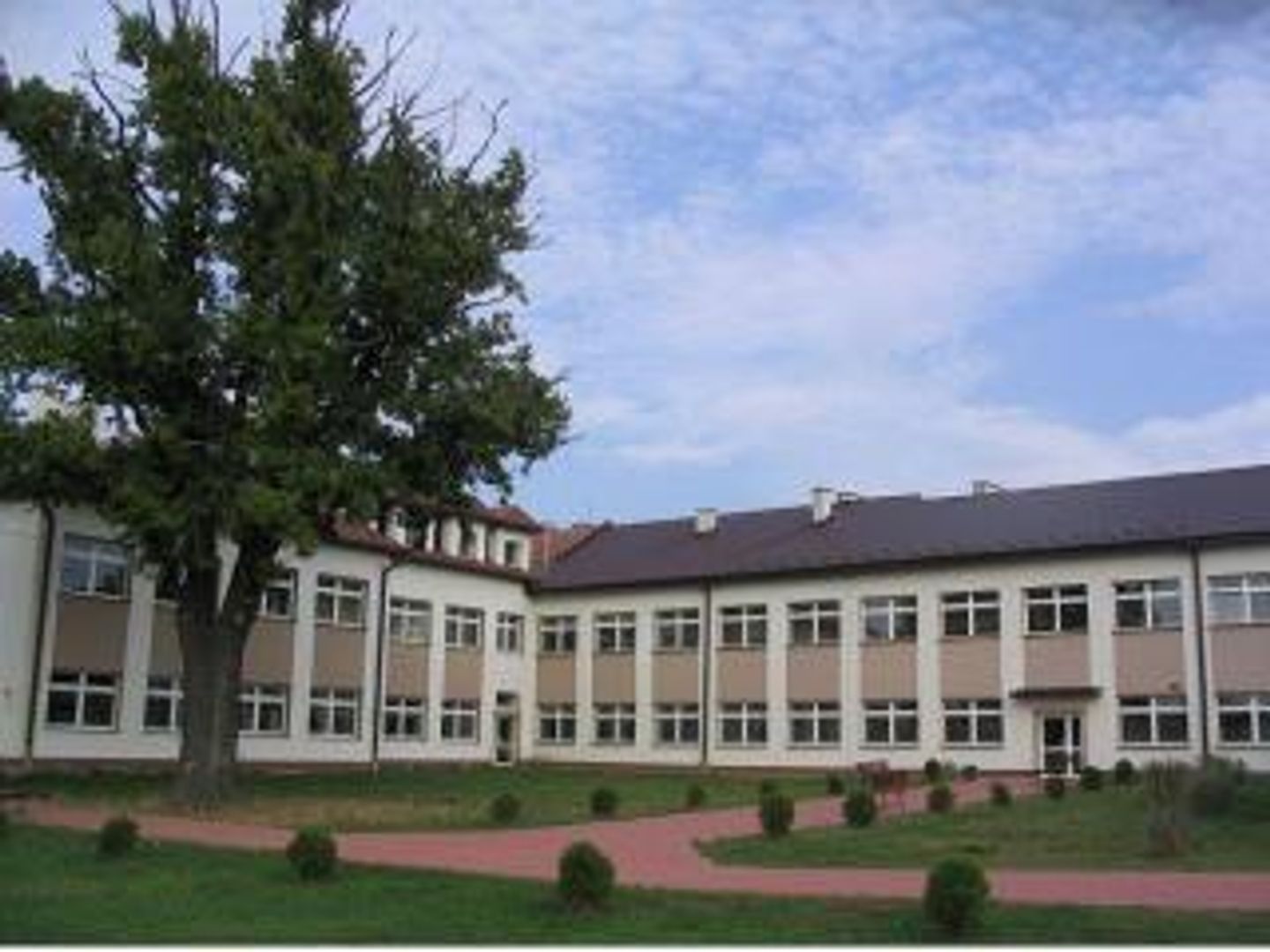Bielcza
6.16

Overview
Bielcza is a village in the Lesser Poland Voivodeship, in Brzesko County, known for its valuable historical monuments such as the Church of Our Lady of the Angels and War Cemetery No. 270. The history of the church dates back to the early 19th century, when a wooden chapel was built in 1813. Between 1906 and 1908, the present church was constructed in an eclectic style with neo-Romanesque and neo-Gothic elements, designed by architect Jan Sas-Zubrzycki and built under the supervision of builder Michał Mikos. The parish was established in 1925. The interior of the church is adorned with polychrome paintings by Jacek Żróbek, and the neo-Gothic altars were crafted by Wojciech Samek. The extensive history of pastoral care provided by a team of distinguished priests highlights the continuity of religious tradition in the region.
The soils in Bielcza are diverse, ranging from fertile alluvial soils along the Uszwica River to Class VI sandy soils. The climate in the region is favorable, with a moderate average annual temperature of +8.5°C and varied precipitation, which is highest in summer, making it conducive to agriculture.
The school in Bielcza was founded in 1848 as a branch of the parish school, initially operating in a wooden building. After a fire in 1921, a new brick building was constructed and put into use in 1930, functioning until 1999. Today, a shop stands in its place. The Bielcza School Complex, opened in September 2003, is a modern educational facility that combines primary and middle school education, reflecting progress in the region's educational system.
Interestingly, the first mention of Bielcza dates back to 1484, and the village was historically associated with the bishops of Kraków. From 1975 to 1998, Bielcza was administratively part of the Tarnów Voivodeship. The village is situated on the Uszwica River, providing picturesque landscapes and a favorable microclimate.
Location
2025 Wizytor | All Rights Reserved